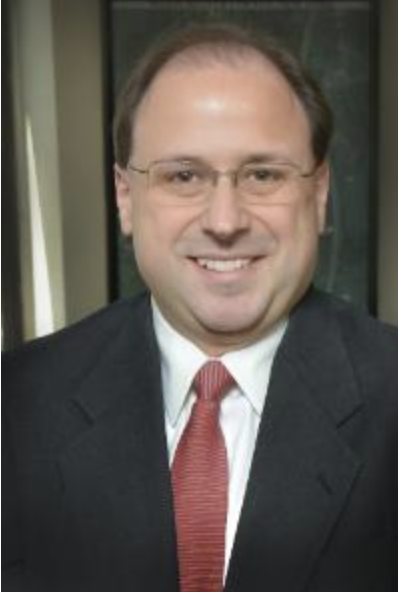The Center for Disaster Medicine is an Essential Resource for Emergency Response Education
The Center Provides A Variety Of In-Depth Emergency Training For Law Enforcement, Public Health Workers And The Public

The Center for Disaster Medicine (CDM) at New York Medical College (NYMC) has been training and educating first responders and health care professionals in emergency response techniques for nearly two decades. CDM leadership, including David S. Markenson, M.D., M.B.A., director of the CDM, and assistant directors George W. Contreras, M.E.P., M.P.H., M.S., CEM, FACEM, assistant professor in the Institute of Public Health of the School of Health Sciences and Practice (SHSP) and Kevin L. Pohlman, M.Ed., assistant professor in the Institute for Public Health in the SHSP, take a collaborative and interdisciplinary approach to the various trainings they provide ranging from emergency preparedness to public health emergencies.
What are the primary functions of the Center for Disaster Medicine?
The primary function of the CDM is to conduct interdisciplinary research, education, consulting and technical assistance activities related to emergency preparedness for disasters, terrorism, mass casualty events and public health emergencies. The Center addresses climate change including its effects on emergency planning across the institutions, agencies and organizations we work with; equity in emergency preparedness in the efforts of those we serve at the local, county, state and federal levels; and the needs of schools in preparedness including student violence and emergencies. The Center also supports local first responders with expertise, education, research and consultation in tactical and operational medicine including events such as mass shootings. By serving the critical needs of schools, public health and healthcare institutions, first responders, law enforcement and by focusing on vulnerable populations, including children, the disabled and the elderly, the Center fulfills a unique role in the region by serving as a multi-disciplinary resource on a diverse range of emergency preparedness issues. The Center is also an authorized training center for the American Red Cross, National Association of Emergency Medical Technicians and the American College of Surgeons, which allows us to provide a variety of specific preparedness and health related courses for emergency responders, healthcare personnel, law enforcement and the general public. During the COVID-19 pandemic we instituted a weekly information brief to provide reliable information, education and models for mitigation, preparedness, response and recovery.
What is a typical day like at the Center?
There really is no typical day at the CDM. The Center is always planning for and providing diverse education, consultation and technical assistance to a wide variety of professionals in public safety, healthcare, education and other sectors. Just like emergencies and disasters can occur at any time of the day, we prepare people so that they can prevent, prepare and respond to emergencies at any time.
What is the most-asked question from faculty, staff or students about the Center?
We are often asked when and why the Center was established. The Center was created in 2005 by Dr. Markenson who, after a tenure as medical director of the center returned to serve as the Center’s director, in partnership with Robert W. Amler, M.D., M.B.A., dean of the SHSP and vice president of government affairs. The Center was created to fill a significant gap in translating research into planning and education in disaster, terrorism and public health preparedness with special expertise in children and persons with disabilities. We also wanted to fill the need of supporting of first responders, educational facilities, businesses, healthcare institutions, law enforcement and the public in the Hudson Valley.
What do you find most interesting or most rewarding as Director of the Center?
It is an honor to work with all the faculty and resources at NYMC and Touro University (TU) and use these exceptional talents combined with the expertise of the Center to advance preparedness and competencies amongst first responders, healthcare providers, public health, educators, and the public to help them be better prepared and able to respond to the unknown emergencies and events that they will need to address. It is a privilege to be able to expand my role to full time as director of the CDM to further enhance and expand our work and to be able to partner with the vast resources available at NYMC and TU.
What is one useful tip you can give about the Center for students or faculty?
I suggest that faculty, staff and students take advantage of the many trainings, workshops and courses offered at the Center. For example, a STOP THE BLEED course which teaches how to stop a life-threatening hemorrhage, an emergency that can happen at any time and anywhere. These are skills that can be useful not just at work, but also at home.
Is there a fun fact or least-known aspect about the Center?
The Center has been offering life-saving training to local, regional and national audiences for nearly two decades. Many people do not know that we have been around for such a long time and may not be aware that we train current professionals as well as future healthcare providers, including students from the School of Medicine, SHSP, Graduate School of Biomedical Sciences and Touro College Dental Medicine at NYMC.
